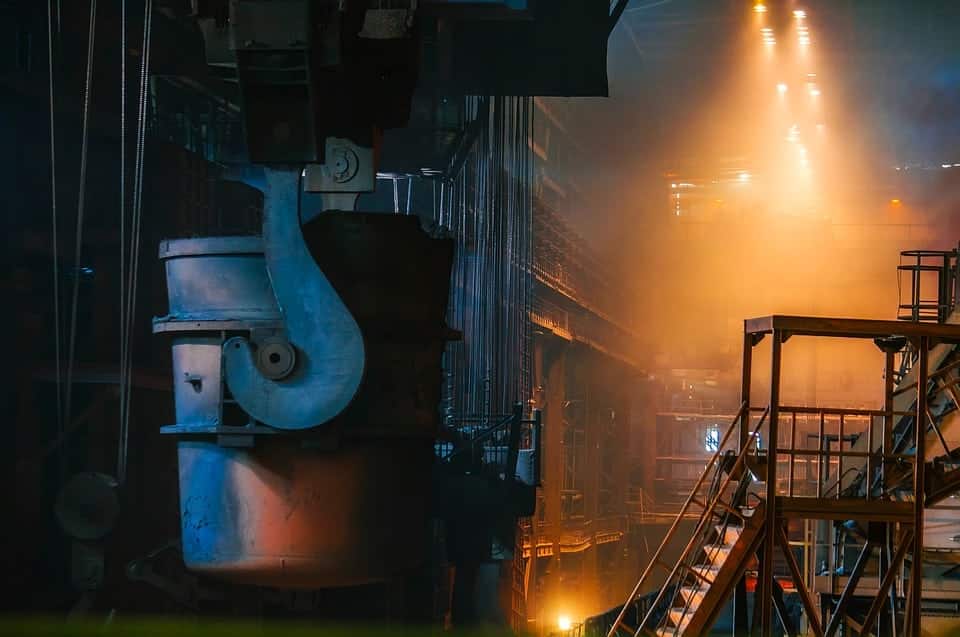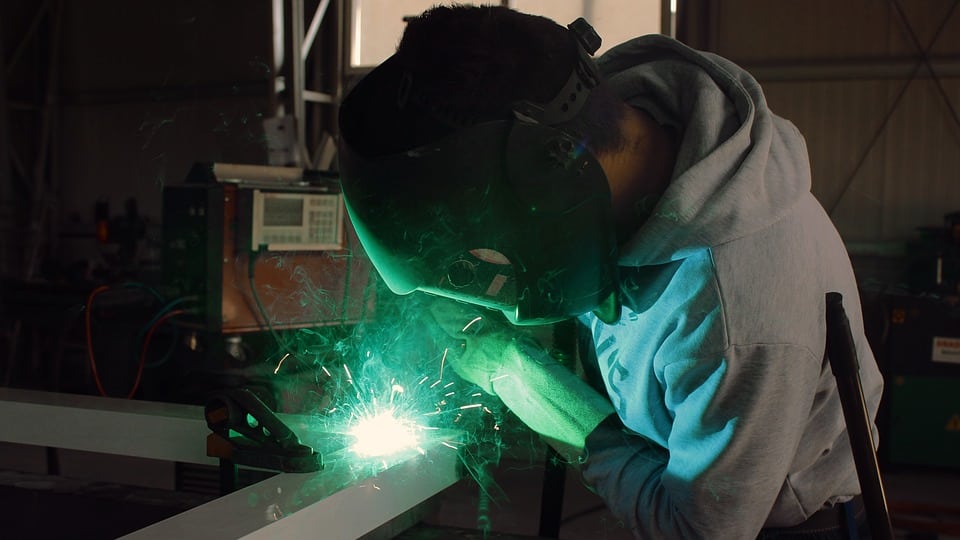For a growing number of manufacturing companies, meeting the demands of today’s evolving global market means improving processes, upgrading software solutions and getting away from manual or stand-alone applications. Regulatory compliance and secure, real-time access to shared data remains a priority affecting performance and the bottom line.
Deciding why to upgrade or replace your manufacturing software solution is often as important as determining when. Considering how quickly a substandard system can cripple operations, forward-thinking leaders prefer not having the decision made for them. Do not wait for your outdated manufacturing ERP solution to seize-up and force your hand.
Here are five key indicators the time has come for your organization to upgrade your manufacturing software solution:
1. Reliance on Legacy Manufacturing Software Solutions
Legacy manufacturing solutions solved the supply chain problems of yesterday. Known for being difficult to maintain, stand-alone and extremely inflexible, today’s manufacturers who rely on obsolete legacy systems are left scrambling to keep up with their competitors, suppliers and customers. The reality is that finding staff with proper experience, willingness or motivation to learn a defunct technology is difficult. Younger staff expect more from their applications, while more experienced personnel understand the futility of mastering a manufacturing ERP solution on its way out the door.
2. Staff Forced to Rely on Manual Processes
A modern manufacturing software solution automates data collection and analysis to streamline processes. The technology involved virtually eliminates time wasted from redundant data re-entry and excessive, error-prone manual entry – time that could be spent on tasks that deliver greater value. Ranking high on every effective leader’s priority list is empowering staff with the tools needed to accurately and efficiently do their jobs.
3. Your Platform Cannot Connect to the Cloud
Cloud computing uses remote servers to store, manage and process data. One of the major benefits to cloud computing is ongoing, real-time access to data. It is important for your manufacturing software solution to leverage the cloud not only for its convenient data access, but also for its mobility and flexibility at communicating with today’s advanced manufacturing ERP systems.
4. Your Departments are Forced into Siloes with No Data Integration
When your accounting department uses one software package, the sales team another and your warehousing staff yet another, processes become exceedingly complicated and time consuming. By making decisions with real-time, shared data you have a greater understanding of what is happening on the production floor and in the warehouse. This increased visibility enables you to effectively manage risk and save money.
5. Your Manufacturing Software is No Longer Supported
Timely bug fixes, critical regulatory updates and adequate tech support are not luxuries, they are business requirements. With outmoded ERP software solutions, manufacturing regulatory compliance updates and support are often too little, too late. Organizations that perform ad hoc integrations will prevent future scalability if their manufacturing software solution is not properly customized. As a result, they are left behind while other businesses pull ahead with new and improved business ideas.
Migrate to a Modern Manufacturing Software Solution to Keep Your Business Competitive
Efficient, forward-thinking manufacturing companies rely on reputable manufacturing software solutions. Free your employees from the time-consuming monotony of performing repetitive work on outdated systems while freeing yourself from the hassle of a system that does not meet the need, the speed nor the availability your business processes demand.
Visit our Sage 100 Manufacturing software bundle page to learn about how this modern solution can allow you to achieve new growth and accelerate your operations – with no significant up-front investment.


